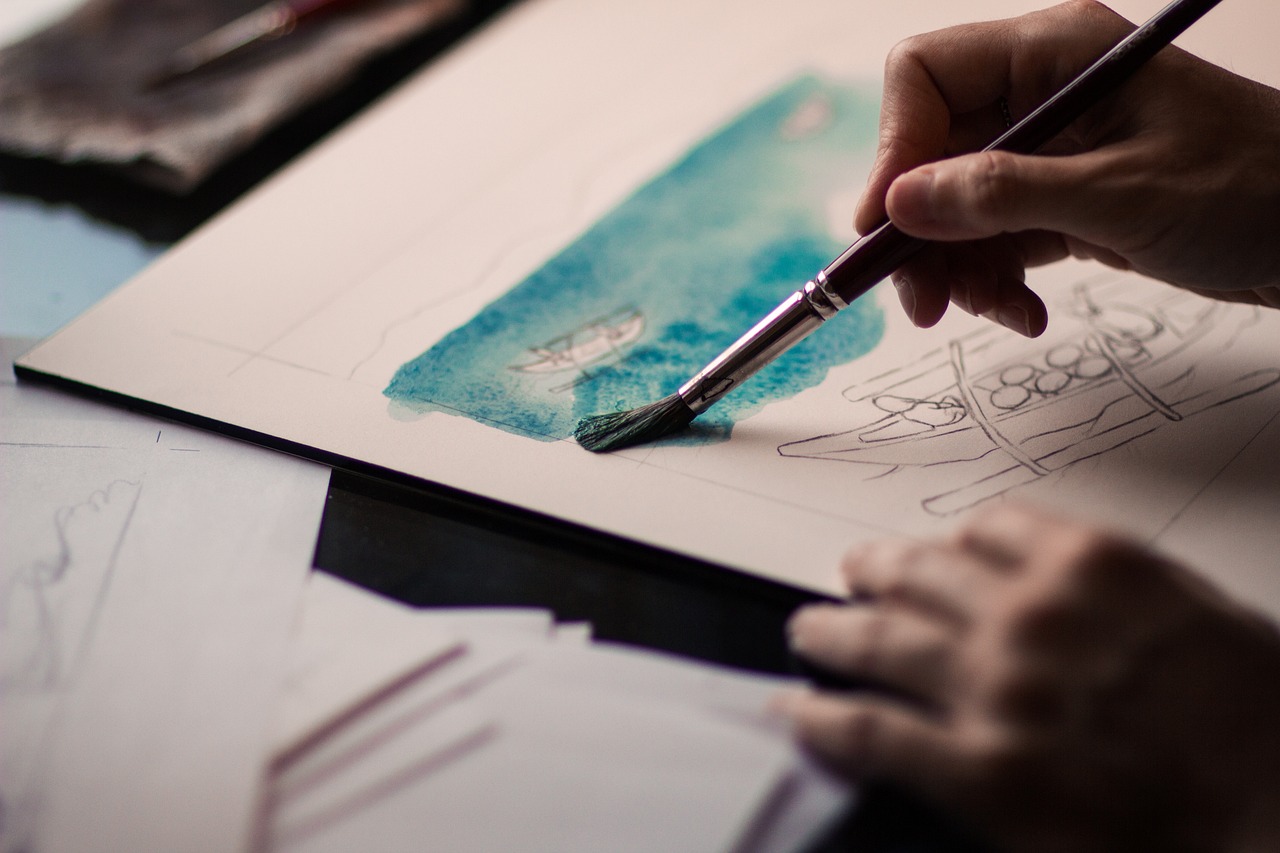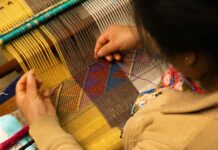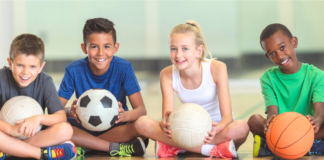
When becoming a mother, many of us lose things that do not tie our identity to the tiny human we helped create. The early years are so deeply rooted in learning, surviving, and sleeping, that there isn’t a lot of time to remember to do anything else. If we are doing something for us, it’s staying up too late watching reels and disassociating as we scroll through social media.
Eventually though, you realize what has happened and you become eager to take back time for yourself, to have and do something just for you. For some of us, that is going back to an old hobby that we had and falling in love all over again; for others, it’s looking for something brand new to light a spark inside of us.
If you’re anything like me, it’s hard to not want to get everything that you need to start a new hobby (or a few new hobbies) and then all of the sudden, your house is filled with things you don’t want or can’t use, and you still didn’t find that spark. Or maybe, you did, but it’s flickered out. So, I talked to a few other moms about what their hobby is and the top 5 (only 5) things that you need to get started on that hobby to see if it works for you.
Below I have compiled a list of some of hobbies and starter guides. I hope they provide direction, a sense of ease, and reduce stress so that if you’re ready, you can quickly get back to finding something just for you without breaking the bank!
Sourdough Bread
What you need to get started:
1. Sourdough starter: this is something that you can make yourself if you want to wait a few weeks, but there are also usually tons of dehydrated options on Etsy, as well as many local bakers who are usually willing to sell or give you some starter to get started.
2. Dutch oven: Not a total necessity, but definitely makes it a lot easier and more successful when starting bread baking.
3. Large jars with lids: for storing and feeding your starter.
4. Flour: any all-purpose flour will do, but a lot of people use King Arthur’s to start out for a high protein content which is great for baking bread.
5. Video instruction: Sourdough baking is an art and a science. It can seem overwhelming or full of steps to get started, but once you do it a time or two, it’s like riding a bike – truly. Some recommended videos to get started are The Perfect Loaf on YouTube and The Southern Sourdough Co. on TikTok.
Gardening
What you need to get started:
1. Soil: The type of soil you need will depend on the type of gardening you’re doing, but soils are usually labeled. Potting soil for anything in pots, raised bed soil for raised beds, and so on. Miracle-Gro always works well for my family and me.
2. Water source: Any water will do! However, running your water bill up may not sound like the best idea. If a rain barrel is in the budget, this will be a great water source. If not, anything to catch water will be a good water source too, from buckets, to bowls, to old storage totes.
*To avoid mosquitos in open standing water, I recommend investing in some mosquito dunks. This keeps the mosquitos away while also keeping the water safe for plants and animals!
3. Plants: You can do vegetables, flowers, foliage, or a combination of all! The labels on plants usually give great direction on what to expect in caring for them and how to nurture them.
4. Resources: Books or Facebook groups about native gardening are great resources. For our local friends, Knoxville Area Gardening on Facebook is a fantastic resource, or consider this East Tennessee book available on Amazon.
Hand Lettering
What you need to get started:
1. Sketch book: Any sketch book will do — nothing special needed here!
2. Sharpies: A standard Sharpie, or a variety of colors, is a great place to start.
3. Resources: A favorite of another Knoxville Mom contributor is the books by ChaulkFullofLove.
Yoga
What you need to get started:
1. Blocks: To help prevent injuries and deepen certain poses as you practice.
2. Mat: A large beach towel will also do in a pinch. Make sure you choose a yoga mat and not a workout mat as that may have more “squish” to it (your feet will sink in and risk getting off balance).
3. YouTube: There are lots of free beginner options!
Nice to haves:
4. Bolster: Used to help soften certain postures and provide comfort to aid in opening the body.
5. Strap: Allows you to deepen your stretches and hold them for longer.
Reading
What you need to get started:
1. A library card: Libby app is a great resource for free books and audiobooks with large selections. You can also always check out a book at the library, but the Libby app has much broader options and availability.
2. Your preferred method of reading: All reading counts! It doesn’t matter if it’s an audiobook, a graphic novel, an eReader, or a good old fashion book — reading is reading! Figure out what works best for you.
Crocheting
1. Crochet hooks: A set with all sizes is best, but you will most likely use an H or 5mm hook. If you are interested in doing one of those big, chunky blankets, you will want to use a 10mm hook.
2. Yarn: The type of yarn you need also depends on what you’re making, but for most projects when starting out, you will use a “worsted weight” yarn which is the medium weighted yarn that you think of when you think of “yarn.” For a chunky blanket, you can get “blanket yarn.” People like to work with this thick yarn because it works up quickly, but also you need a lot more of it to finish a project. Most patterns and groups will tell you to buy enough yarn to finish the whole project in case you run out. I’m not saying don’t do that, but be mindful when starting out to not begin several projects at once so you aren’t overwhelmed with too much yarn.
3. Facebook groups: There are lots of Facebook groups and YouTube channels available, but I often lean into Crochet for Beginners and Beyond.
4. Pattern website: A great place to start is Ravelry for lots of options for free, well-written patterns.
5. YouTube: A visual always helps for things like learning a slip knot, changing yarn colors, and tying off ends. I recommend typing in exactly what you’re trying to do and watching step by step!
Watercolor Painting
1. Brushes: A set with all sizes is best and you want decent quality; these are a great option starting out.
2. Paint: You don’t need top quality paint, but you do want something with good pigmentation; these paints work really well.
3. Watercolor paper: I’m sure for experienced artists the type of paper matters, but any watercolor paper will work; you just want to make sure it’s thick so that it can hold water.
4. Tracing paper: This isn’t a requirement, but if you aren’t great at drawing or just want to simplify the process of painting exactly what you want, tracing paper and any old pencil will serve you well.
5. Resources: YouTube is wonderful, but I have loved using this book where I can just flip to a page and find an option and follow a step-by-step guide without rewinding and pausing in a video.





















